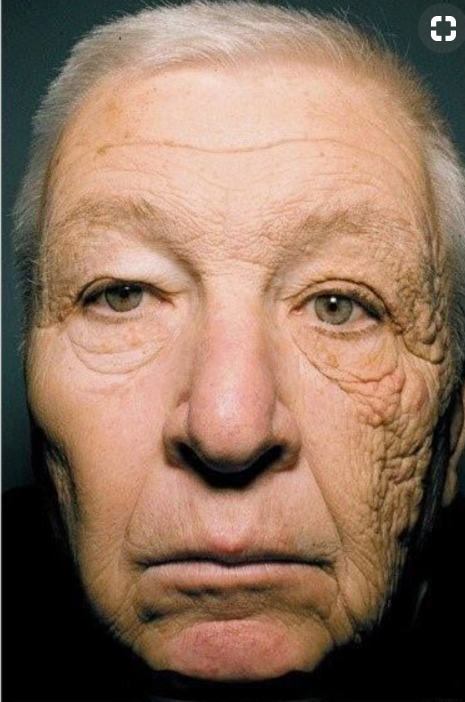
You may be wondering, what is sun protection and why do I need it? Here is a truck driver, guess which side of his face was exposed to direct sunlight over 30 years. If this is not a poster child for sun damage i don’t know what is.
Despite living in a perpetually sunny country, sun protection is not something that most people think about. Those aware of the possibility of sun damage may believe a dark skin tone offers adequate protection against the sun’s rays. While this is partially true research suggests that dark skin provides an SPF (Sun Protection Factor) of approximately 13.4. While much better than white skin it still does not provide enough protection from the sun, especially with increasing exposure to UV rays (Ultraviolet) from the depleting ozone layer. The effects of constant exposure to sunlight may not be as dramatic as in the picture but will take its toll over time. Exposure to sunlight and UV (ultraviolet) rays can cause premature ageing and skin cancer. Although skin cancer is a minor problem with darker skinned people, I am sure we would prefer to keep wrinkles and signs of ageing away for as long as possible. There are two types of UV rays which cause damage to the skin: UVA rays and UVB rays. UVA rays penetrate to the deeper layers of skin, causing premature ageing and wrinkles while UVB rays cause sunburn and darkening of the upper layers of the skin.
The most effective way to protect the skin from UV rays and prevent premature ageing is by using sun protection every day.
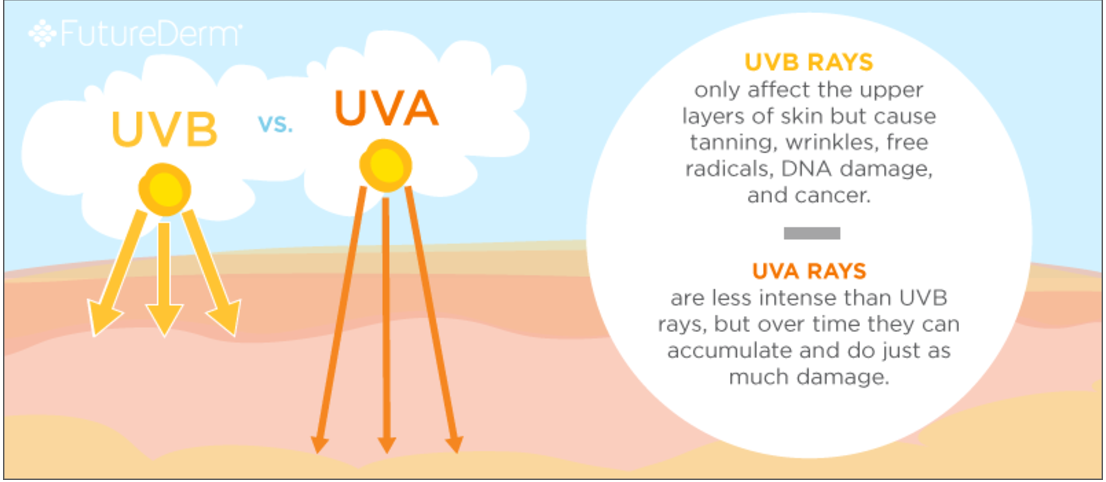
Sun protection factor, SPF is a measure of how well a sunscreen protects your skin against ultraviolet B rays. The SPF rating is usually found on the bottle and sunscreens with higher SPF ratings block more UVB rays, however, none gives 100% protection. Since the SPF number does not account for UVA rays which penetrate deeper into the skin, it is important to use a broad spectrum sunscreen which protects you from both UVA and UVB rays. Now we know why we need to use sunscreen let’s talk about the types of sunscreens available. There are two types of sunscreens physical and chemical Physical sunscreens act as a physical barrier between the sun and your skin and work by reflecting the sun’s rays before they penetrate your skin. Because these form a physical barrier on the skin, they often give a white or greyish cast which is visible on the black skin. However, since it does not penetrate the skin it is unlikely to your clog pores, is ideal for acne prone skin and effective immediately applied to your skin. Most physical sunscreens are broad spectrum so protect from UVA and UVB rays but may become ineffective when you sweat since they are not water resistant.
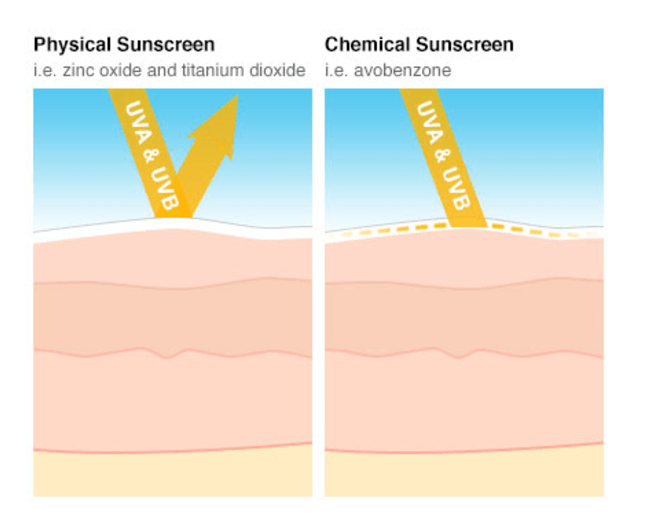
Chemical sunscreens on the other hand work by absorbing UV radiation, preventing them from penetrating the skin releasing heat as they break down. Chemical sunscreens can cause irritation to sensitive skin since they are able to penetrate the skin. However unlike physical sunscreen are appear colourless on the skin but are effective 20 minutes after application. Physical sunscreens typically contain zinc oxide and/or titanium dioxide while chemical sunscreens contain Avobenzone, Octisalate, Oxybenzone, Homosalate and Helioplex.
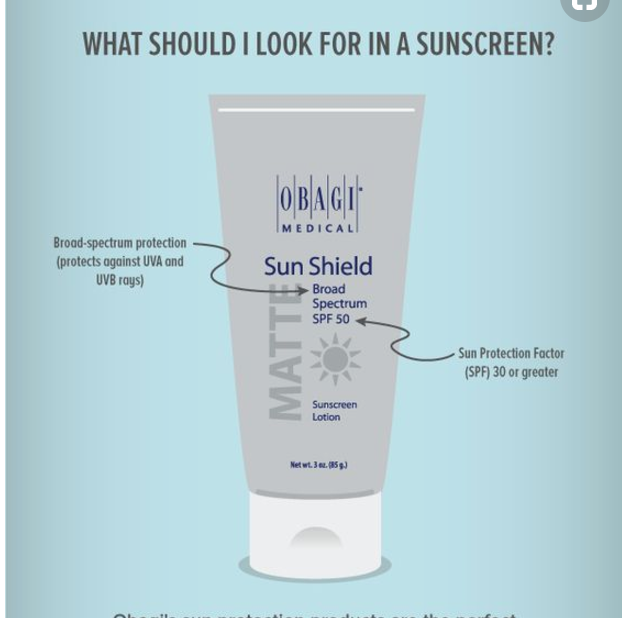
The effectiveness of sunscreen depends on ensuring that you use it daily.
Sunscreen Recommendations
Available from Hilarysays.com, Amazon and Jumia.com
- Biore Aqua Rich Watery Essence SPF50 (my personal favourite)
- EltaMD UV Clear Broad-Spectrum SPF 46,
- COOLA Eco-Lux 8oz Sport SPF 50 Guava Mango Sunscreen Spray
- La Roche-Posay 60 Melt-In Sunscreen Milk
- La Roche-Posay Anthelios Clear Skin Dry-Touch Sunscreen SPF 60
- Nivea Sun Protect Super Water Gel SPF 50 PA
- Neutrogena Ultra Sheer Body Mist Sunscreen Broad Spectrum SPF 100+
- Neutrogena Sunscreen Lotion with Broad Spectrum Spf100+

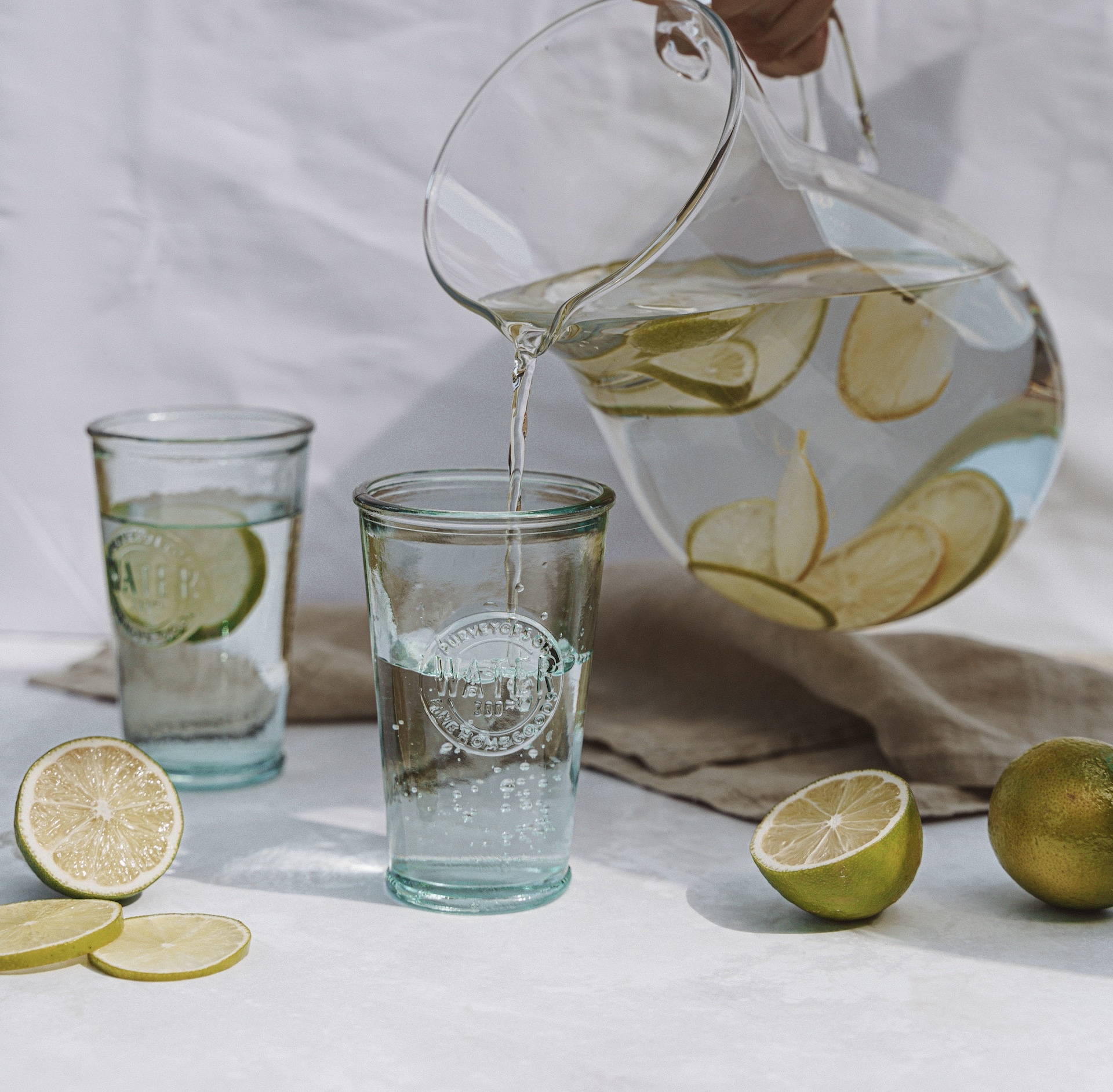
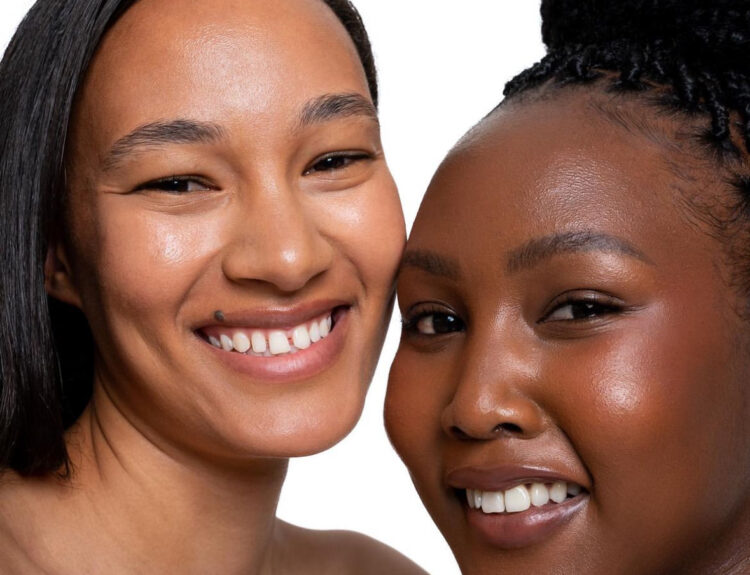
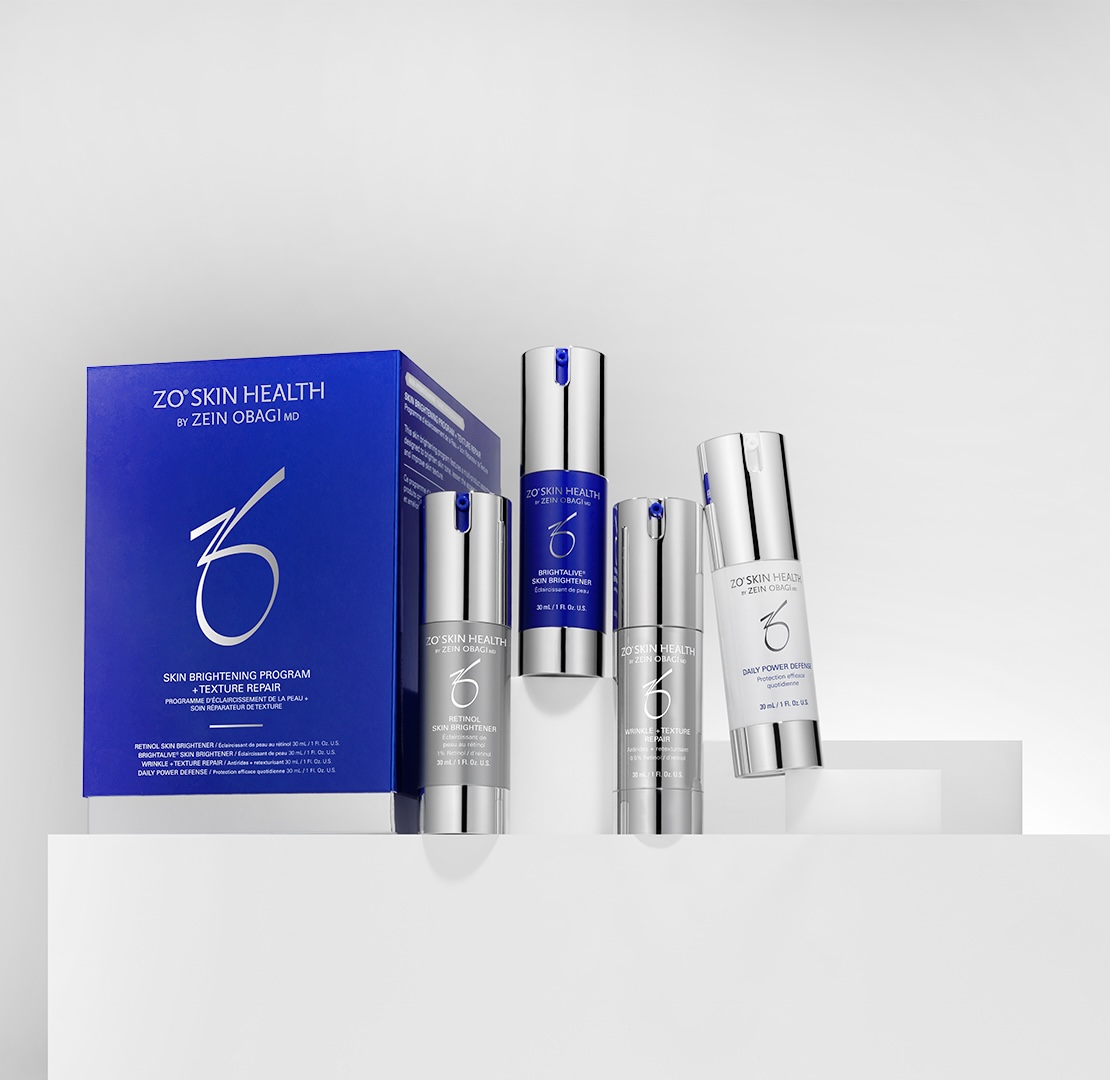
1 Comment
Kay
4 years agoGood afternoon, please I have use different body creams and they make me dark. I tried neutrogena sesame,birch argan body butter, Nivea and they still give me uneven skin. I would like you to prescribe to me a good face and body lotion to even my skin and bring me to a chocolate skin. A lady friend asked me to get Biore Aquarrich spft.Hoping to hear from you real soon.